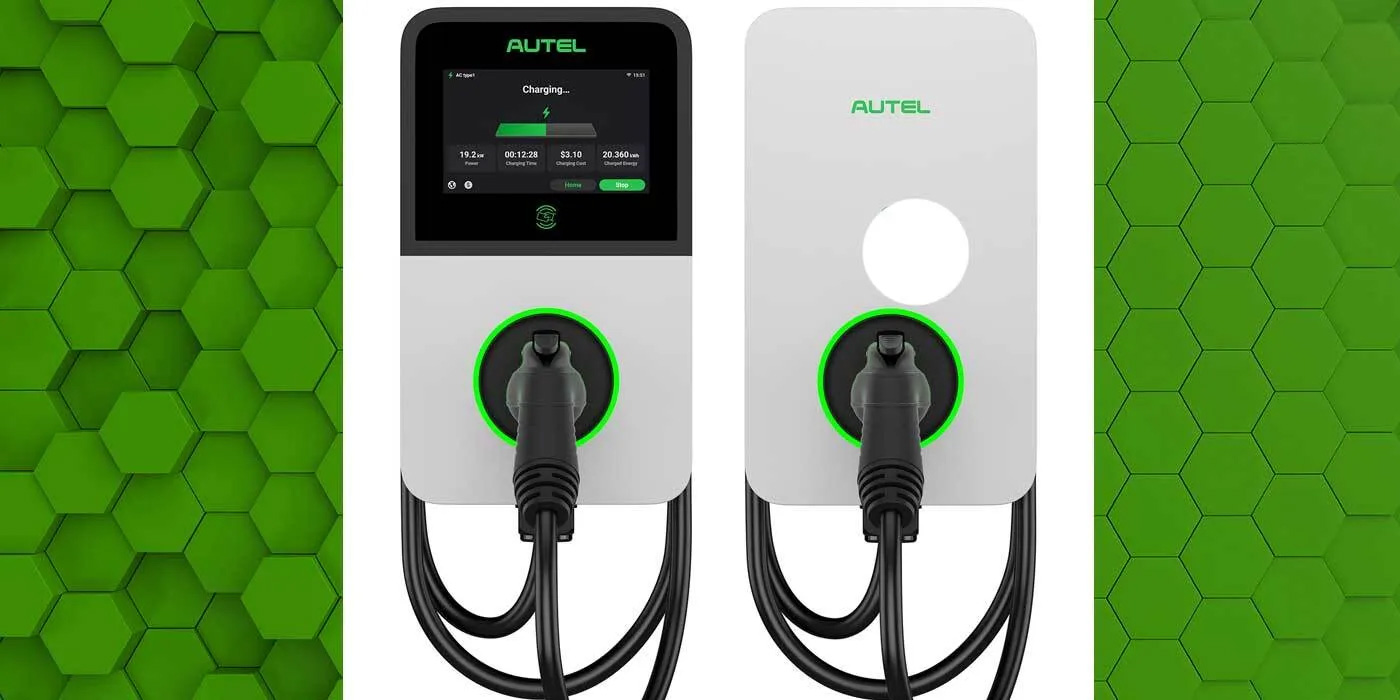The technician was working on a 2001 Hyundai Accent that would blow the fuse the minute that the door was locked. The power door locks would not work, and the vehicle had other electrical quirks when the fuse was blown.
The technician called Identifix because he was not sure where to look next. He had replaced the door lock actuator and had done a thorough inspection of the wiring harness. I asked him to unplug the connector on the harness leading to the left front door. The short was indeed gone. He installed another new actuator and much to his surprise, the short was still there when the door was locked. He called again and we proceeded to dig into the problem one more time.
I told the technician to unplug the actuator and check if the short was gone — it was. I had him pin out the connector near the “A” pillar to see what color wires were going in and out of the connector. We found some discrepancies when compared to the service manual. The wire colors matched except the blue wire had voltage on it all the time. This indicated that the vehicle did not have remote keyless entry (RKE). One problem with this vehicle is that one system uses an electronic time and alarm control module (ETACM) and one does not. Both have central door locks, but the one with ETACM is used if it has RKE. The actuators are totally different from one system to the other.
We were not sure what system this vehicle had, so I asked the technician to check the voltage on each wire at the driver’s door lock actuator, and found it most closely resembled the system without RKE. But when he inspected the pin out of the connector at the actuator, it matched up with the RKE system. Since the technician did not have a key, we could not be certain which system the vehicle had. I told him to pull the door panel on the right front door and count how many wires connected to the actuator. On power door lock systems with RKE, four-wire actuators are used at all doors. These actuators contain switches to allow the control module to monitor whether or not all doors are locked. The power door lock system without RKE uses two-wire actuators at the right front door and both rear doors.
The technician found two wires at the door lock actuator in the right front door, which indicated a possible mis-match of components on the vehicle. I was told this vehicle had come from a body shop, and they had replaced the driver’s door with a salvage yard door. The actuator and the wiring harness to the actuator apparently came with the used door, and it plugged right in to the connector near the “A” pillar.
The RKE system sends voltage to the actuator only when “lock” or “unlock” is requested. On the non-RKE system, voltage should go to the driver’s door actuator at all times from fuse #6. This actuator also contains the switch for locking or unlocking the other three doors. If an actuator for RKE is installed instead of the correct actuator for a non-RKE vehicle, the fuse will blow whenever the driver’s door is locked.
The fact that the same wire colors were used on both systems, but having different functions made this problem more difficult to pinpoint. Two wires came into the actuator connector at different pin locations. I faxed the technician pin outs of the connectors for both systems and he was able to switch the wires in the connector at the actuator to the proper pin location.
He replaced the actuator again, but this time when ordering the part, he specified that the vehicle did not have RKE. Originally, the parts department did not ask the technician which system the vehicle had, and he had ordered the number that was on the old actuator. With the proper part and the wiring harness redone, the vehicle had no more problems with the door locks.
Written by Arlen Mauland, IDENTIFIX DaimlerChrysler, Mitsubishi, Hyundai Specialists. Arlen is certified ASE Master and L1.
For more information, visit www.identifix.com














